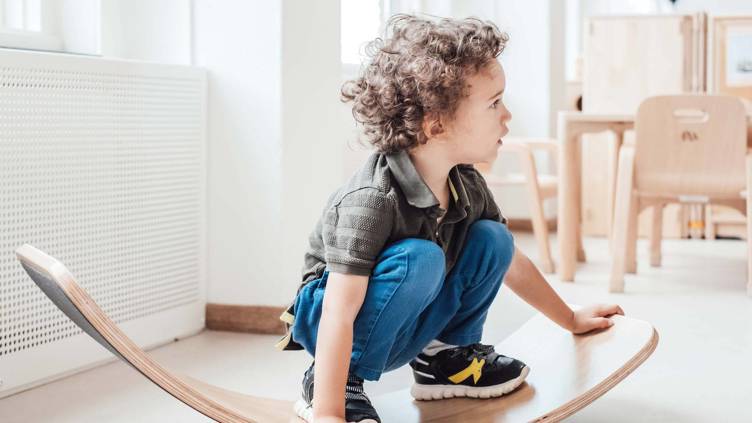Toddlers make huge leaps in social and emotional development. They learn new motor skills, become potty-trained, and they make rapid progress in language development. They gradually start to understand that toddlers are individuals. When toddlers start developing their own identity, this can be associated with tantrums and crying. And that’s good, as it means that a toddler feels safe enough to test the boundaries. A toddler’s world gets bigger all the time. If they don’t understand something, they use their imagination.
Potty-training
Children can control their sphincter muscles when they’re around two-and-a-half. Kindergarden does not offer active potty training, but we will always discus with you, as parent, what your child is capable of and what they need. This differs per child. In our experience, when the children are offered the right facilities, such as easily accessible, low toilets and we go accompany them to the toilets, they feel good about their own toilet training development at an earlier stage.



